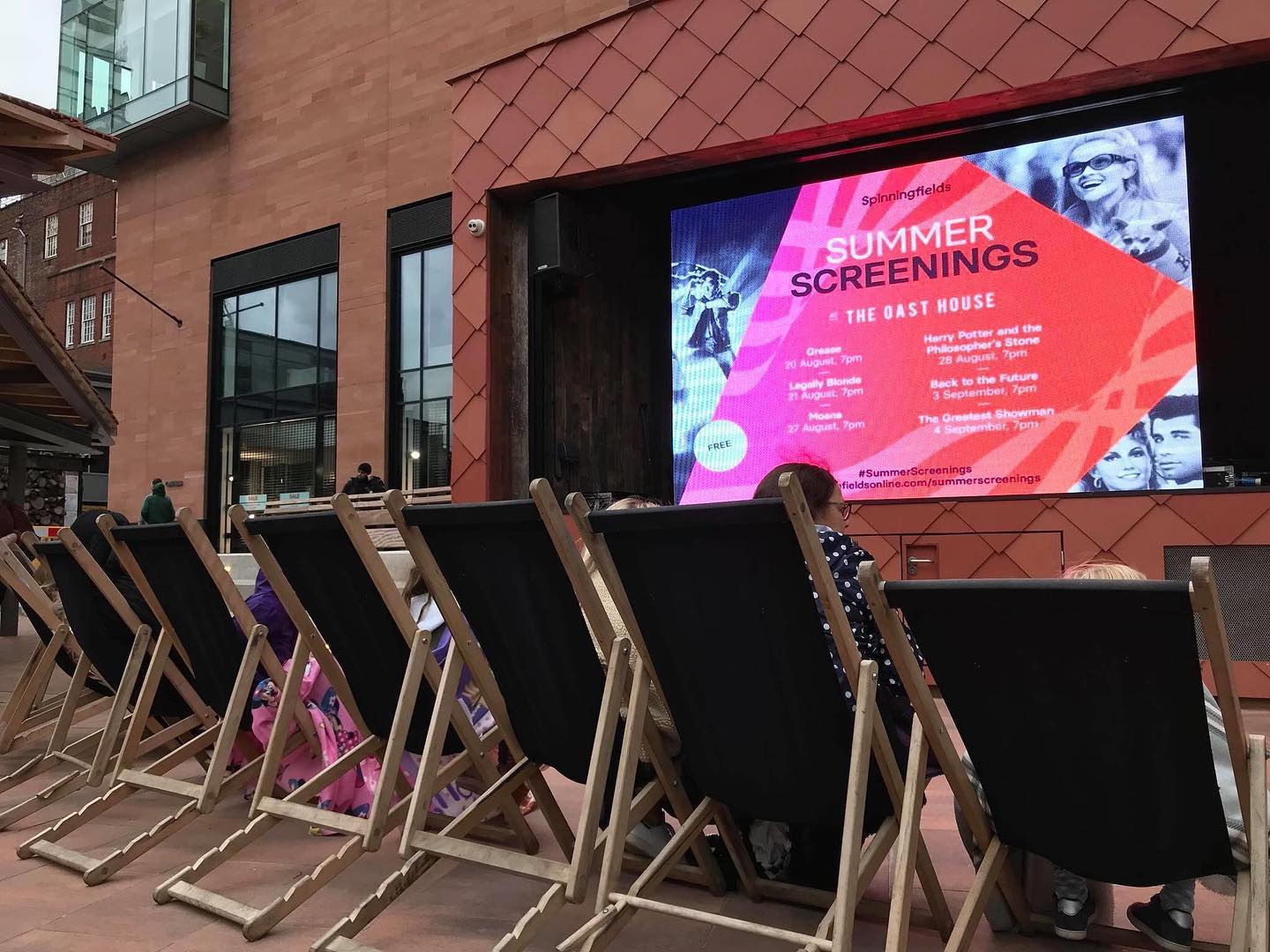Video walls in retail businesses and reception areas of larger organisations have become more and more popular over the last few years.
But while there are near endless ways to make use of a striking video wall installation, the panels that make up a video wall are typically either LCD or LED (also called ‘direct view LED’, or dvLED), so which is the best option?
LCD is the more established technology and is cheaper than LED, can support wider viewing angles, and the ‘pixel pitch’ – or how close the pixels are to each other – is better, therefore presenting a sharper image when seen close up. This makes a better choice for displaying detailed text or images.
However, LCD panels have the drawback of having a border or ‘bezel’ around each panel. While these bezels are getting thinner, they will give a video wall a checkerboard appearance.
LED is more expensive and has a coarser grain, and a less favourable pixel pitch, although both the price and the pixel pitch are improving. The advantages of LED panels are their higher brightness and contrast, which makes them ideal for outdoor installations, and the lack of a bezel around the panel means it can produce seamless video walls.
LED also lasts around 50 per cent longer than its LCD counterparts – up to 100,000 hours.
However, LED panels can be far more complex to install, as each panel will need to be carefully calibrated with its neighbouring tiles. LED panels are usually smaller than LCD, which makes it easier and quicker to swap one out if it fails.
A third, less popular option is tiles that use back-projection, or DLP. These are prices between LCD and LED, they provide a high resolution, but with a narrower viewing angle and less brightness. They are generally reliable, but the tiles are busier than LED and LCD.
There will also be options to consider on how the content gets to a video wall. Some favoured video walls will have flexible and high-performing image processing built into the display, which may meet the requirements of visualising and managing the content without added cost.
But a separate video wall controller can help bring more sophistication by combining inputs from multiple sources to dividing the wall into different areas, each displaying different content.
Content handling is very much based on your individual wants and needs, from continuous content loops, top content that will need regular updating. You may also want to consider the source of the content and how it is handled, such as remote content contribution, collaborative content, and interactive/real-time content, such as weather updates or social media feeds.
The more basic options include simple digital signage playback, moving to more advanced signage solutions that allow for more dynamic content to be scheduled as part of a larger network, and media servers for more demanding content such as interactivity from participants.
Formatting content to match the screen resolution or screen ratio is a consideration when planning the media delivery solutions.
LED panels will also need frequent realignment to ensure colour balancing across the complete wall because the panels ‘drift’ at different rates over time and require re-adjustment. If you’re looking for more information about LED video walls, talk to us today.
